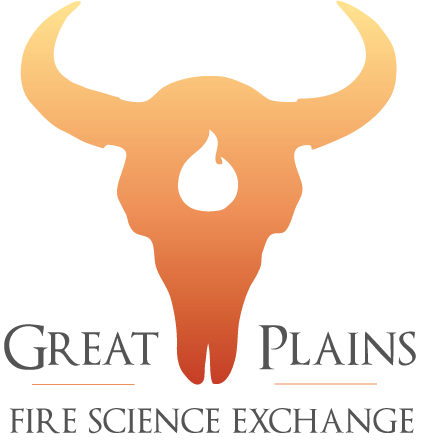Great Plains Published
This a self-paced online training course that will prepare you to conduct a safe and effective prescribed burn. You will learn why fire is a crucial part of a healthy ecosystem and to create a fire plan to meet your land management goals. The course features interactive learning activities and custom videos.
For more information, click here
Read MoreLandowners across the country are constantly looking for ways to innovate and become more efficient in their everyday practices. Land managers who choose to practice prescribed
fire are no different. Landowners know adequate equipment and personnel are needed to conduct each burn as safely as possible.
Oklahoma State University- Extension. NREM-2907
Read MoreRangeland managers promoting sustainable use of semiarid ecosystems in the Southwestern U.S. face numerous complex challenges, including invasions by non-native species, the expansion of woody vegetation, altered fire regimes, and drought.
2021-1
Read MoreThe National Wildlife Federation now has five America’s Grasslands Conferences to be proud of with the most recent conference hosted in Bismarck, North Dakota in August 2019. This fifth conference was also the largest by number of attendees and presentations which is a testament to the growing popularity and continued significance of this biennial event. Our co-hosts in Bismarck were the North Dakota Grazing Lands Coalition and North Dakota State University who were instrumental in pulling off a successful conference. A defining feature of the conference is who attends and the organizations and grassland interests they represent. Of the almost 300 attendees in Bismarck, we had individuals from over twenty seven states, the District of Columbia, plus attendees from Canada and Mexico. Participants included over 30 ranchers and producers, academics from over 20 universities and a number of other research institutions, 35 different non-profit organizations, multiple state and regional wildlife agencies, joint ventures, local and federal agency representatives, and numerous other entities ranging from conservation districts and wildlife reserves to native seed and prairie restoration companies.
Read MorePrescribed burning is a proven land management practice used in forests, rangelands, and other woody plant ecosystems. Despite the many benefits of prescribed burning, including habitat management and wildfire risk reduction, there are still many impediments to its implementation, due primarily to concerns about legal liabilities, weather, capacity and air quality and smoke management (Kobziar et al., 2015).
Read MoreResearch Brief, published in conjunction with USGS and Southern Rockies Fire Science Network
2020-06
Read MoreA new study [2019] from University of Nebraska-Lincoln ecologist and Working Lands for Wildlife partner, Dirac Twidwell, synthesized decades of research on the growing impact of invading conifers.
The Great Plains cover one-fifth of America and provide critical farming and agricultural lands, while hosting numerous grassland-dependent species, like the lesser prairie-chicken. Comprised predominantly of grasslands, the Great Plains depended on regular low-severity fire, which removed woody plants and maintained native grass cover. As historic fire regimes have been altered through fire suppression and land conversion, woody plants like eastern redcedar, Ashe juniper, and mesquite have moved into rangelands at an alarming and increasing rate.
This vegetation conversion is a national issue given how it affects the economies of several states that play key roles in agricultural production and wildlife habitat.
For more information visit: here or see attached document
Read MoreRecorded Presentation- Part of the Nebraska Center for Grassland Studies, Fall Seminar Series
Putting Monitoring into Practice: Strategies for Large-Scale Conservation by Dr. Dirac Twidwell
